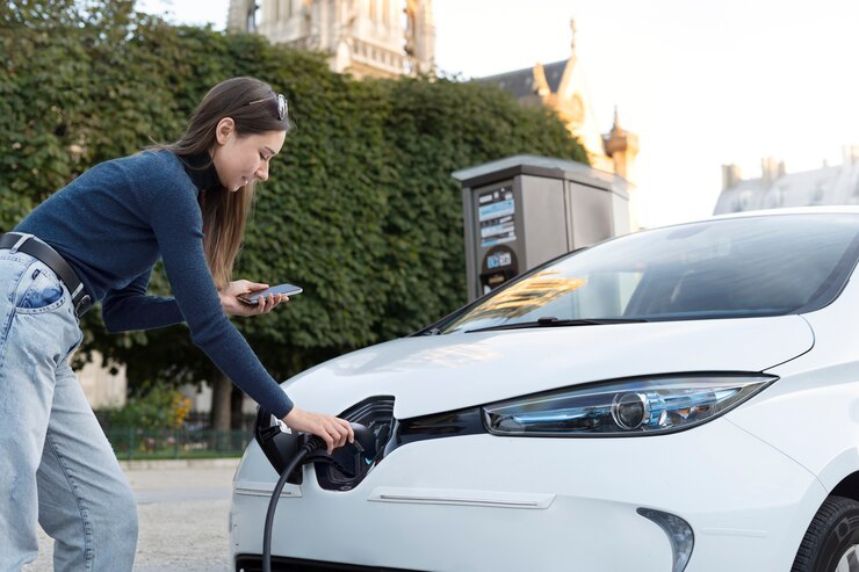The electric vehicle (EV) revolution is buzzing, leaving gasoline-powered cars in its wake. But with this shift comes a question: where did the alternator go? Unlike their traditional counterparts, EVs seem to defy the need for this essential component. But why? Let’s delve into the fascinating world of electric power and explore why alternators are missing from the equation.
The Missing Link: Combustion vs. Electricity
The key lies in the fundamental difference between how these two types of vehicles operate. In gasoline-powered cars, the engine burns fuel, generating mechanical energy. An alternator then converts this mechanical energy into electricity, powering the car’s electrical systems and charging the battery for accessories like lights and radios.
However, EVs don’t have combustion engines. They rely on electric motors powered by large battery packs. These batteries store the electricity needed to propel the car and power its systems. So, where does the alternator fit in when the car itself is already powered by electricity?
The Rise of Regenerative Braking: Turning Loss into Gain
Instead of relying on an alternator, EVs have embraced a more efficient and sustainable approach: regenerative braking. This ingenious technology converts the kinetic energy generated during braking back into electricity, feeding it back into the battery.
Imagine coming to a stop sign. In a gasoline car, the braking energy dissipates as heat, lost forever. But in an EV, the electric motor flips its script, working as a generator. The car’s deceleration spins the motor, creating electricity that’s pumped back into the battery. It’s like a mini power plant activated every time you hit the brakes!
The Efficiency Advantage: Why Less is More
Adding an alternator to an EV would be redundant and inefficient. Imagine using precious battery power to spin an alternator, generating electricity that ultimately comes back to the battery. This process loses energy at every step, creating unnecessary heat and reducing the car’s range.
Regenerative braking eliminates these losses. It harnesses energy that would otherwise be wasted, extending the car’s range and boosting its efficiency. This translates to lower operating costs and a reduced environmental footprint, making EVs a win-win for wallets and the planet.
Beyond Braking: Exploring Other Avenues
While regenerative braking is the primary method of “charging” an EV’s battery, other technologies are also in play. Some EVs use DC-DC converters to efficiently step down the high voltage from the battery pack to the lower voltage needed for accessories. Additionally, solar panels can be integrated into the car’s roof, capturing the sun’s energy to top up the battery.
These additional methods further demonstrate the diverse approaches EVs take to manage their energy needs, all while avoiding the unnecessary complexity and inefficiency of an alternator.
The Future of Electric Power: A Bright Outlook
As EV technology continues to evolve, we can expect further advancements in energy management and efficiency. Regenerative braking will likely be refined, and other innovative methods of capturing and storing energy may emerge. This constant pursuit of improvement ensures that EVs remain at the forefront of sustainable transportation.
So, while the absence of an alternator may seem like a small detail, it represents a significant shift in how cars are powered. By embracing regenerative braking and other innovative solutions, EVs are not only rewriting the rules of the road but also paving the way for a cleaner, more sustainable future. And that’s a future worth driving towards.

